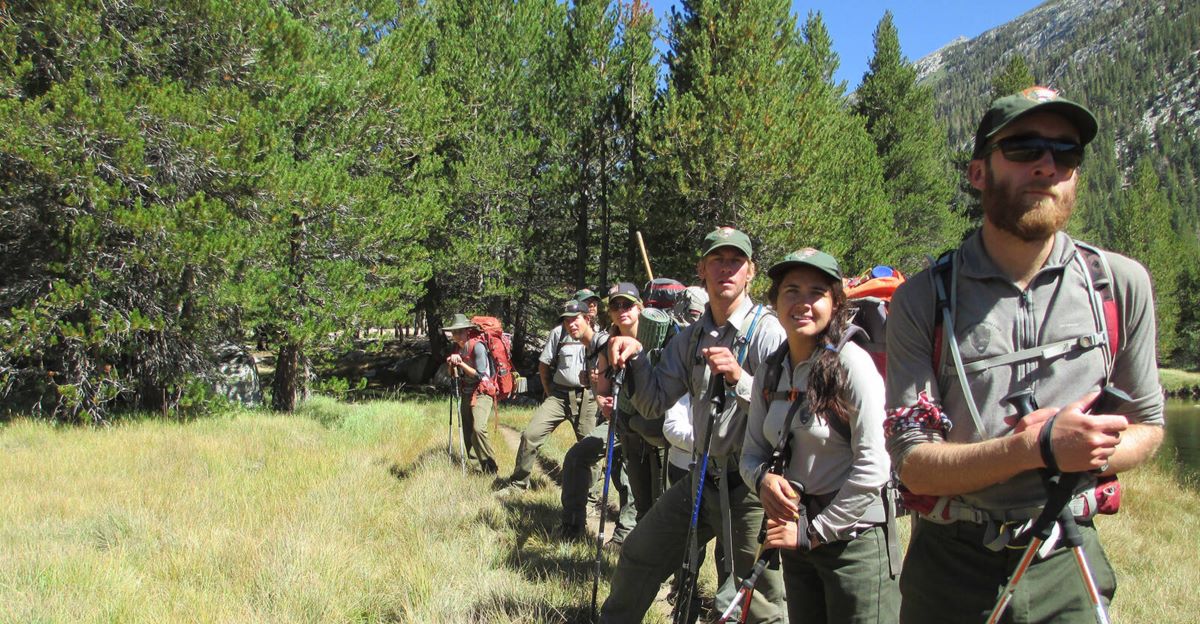
What happens when the very people who protect our national parks are no longer there to do their jobs? It might sound alarming, but that’s the reality the U.S. National Park Service is facing right now. With staffing cuts on the rise, the parks that draw millions each year for their beauty and wildlife are left vulnerable—not just to threats against wildlife, but also to risks that could put visitors in danger. Here’s why these reductions in staff could have a devastating impact.
A Critical Staffing Crisis
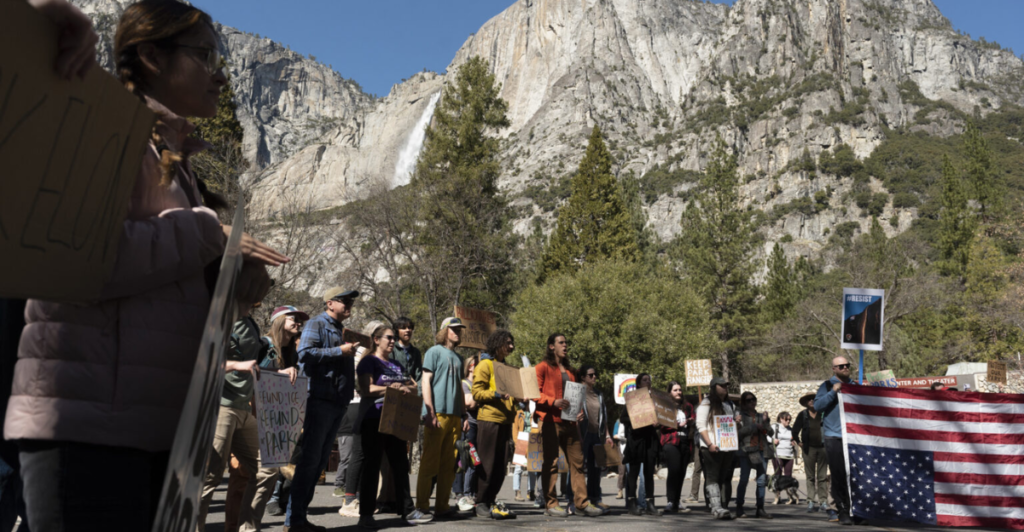
In February 2025, the National Park Service (NPS) laid off 1,000 employees. This cut is part of a broader trend, as the NPS has lost nearly 15% of its workforce since 2011. As visitation soars, fewer staff are available to protect parks, resulting in increasing risks to both nature and visitors.
Staffing Declines, Visitation Rises
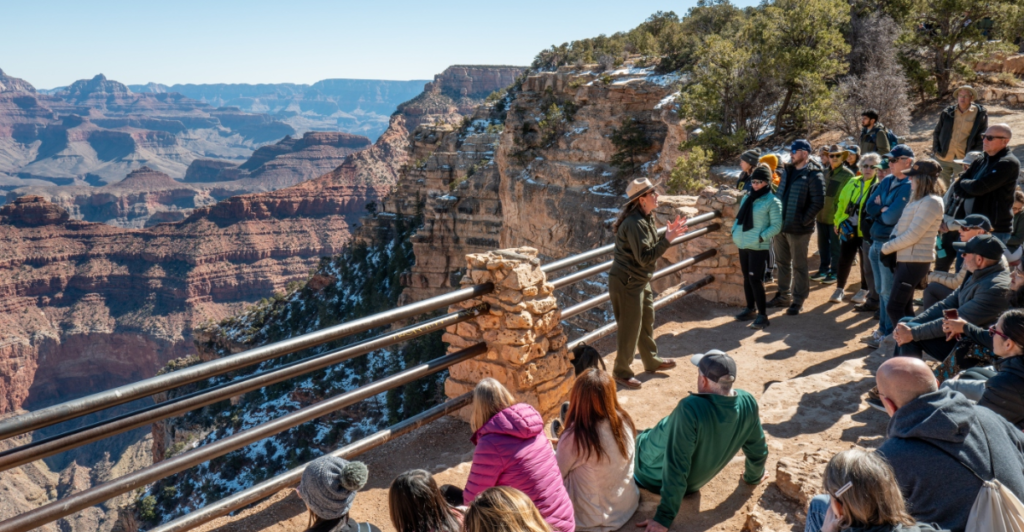
Between 2010 and 2020, the NPS lost nearly 6,000 employees—nearly 30% of its staff. Meanwhile, park visitation increased by 40 million, a 15% rise. The workforce isn’t keeping pace with demand, leaving national parks stretched thin and vulnerable.
The Shortage of Trained Professionals
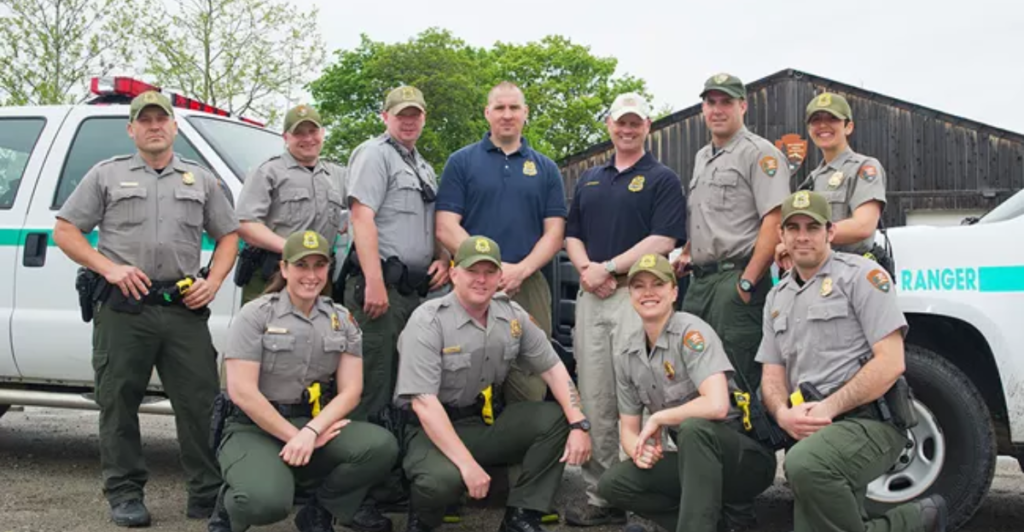
The recent cuts targeted probationary workers—trained professionals who handle everything from visitor safety to ecological management. These cuts exacerbate an already critical shortage of staff that impacts day-to-day park operations and safety protocols.
Seasonal Workers Aren’t Enough
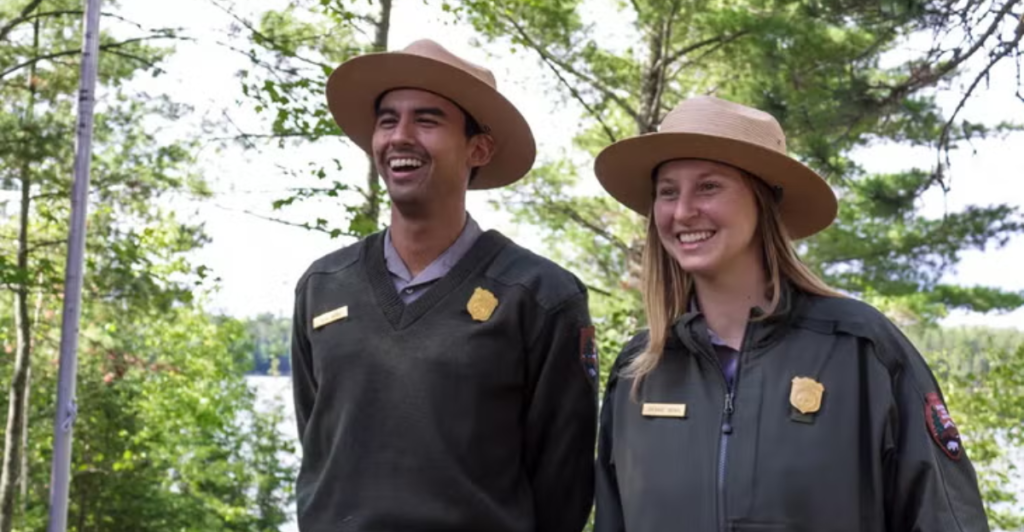
The administration approved 7,700 seasonal hires to fill gaps. However, the hiring process, involving background checks and training, is slow. By the time the summer peak season hits, many positions will likely remain unfilled, further straining the workforce.
Impact of Budget Cuts
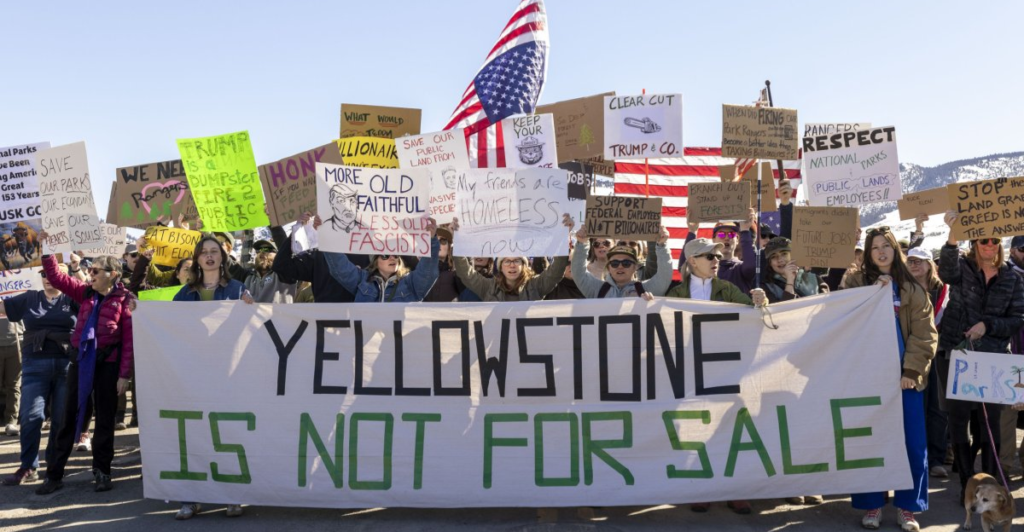
The NPS budget has been slashed by over $210 million. Maintenance budgets were reduced by $22 million. With a $22 billion maintenance backlog and shrinking resources, the parks can’t function at their full capacity, putting safety and environmental protection at risk.
Rising Dangers to Visitors
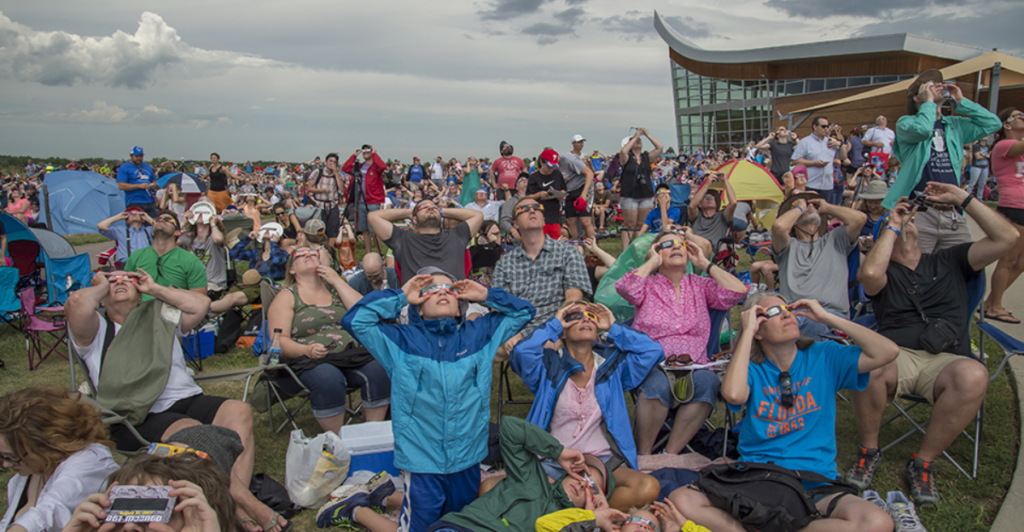
Staff reductions directly affect visitor safety. With fewer trained personnel, response times for emergencies, rescues, and searches increase. Unmaintained trails and infrastructure lead to injuries, while insufficient sanitation creates public health risks, including water contamination.
Declining Infrastructure and Services
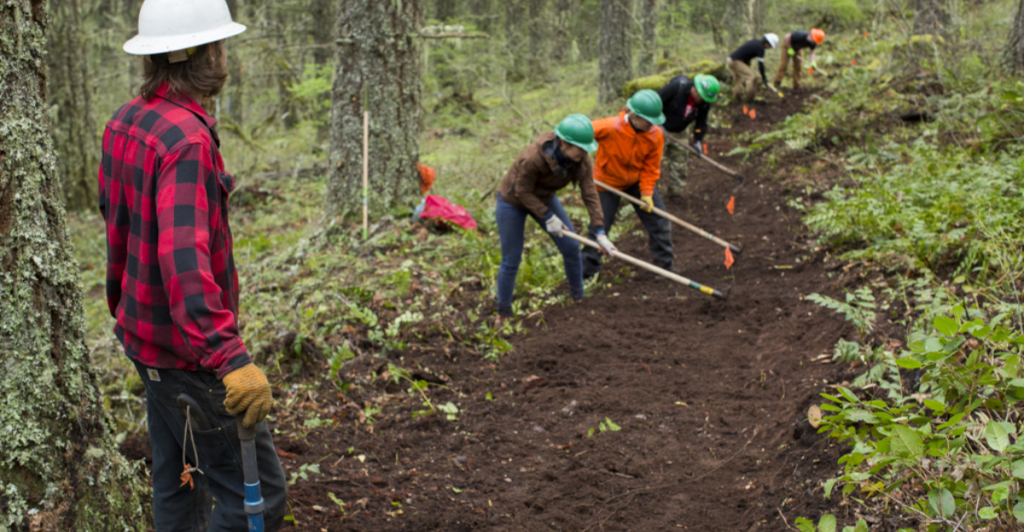
Park maintenance is suffering. “Fallen trees and trail maintenance” are no longer priorities due to fewer staff members. As a result, basic infrastructure like restrooms and waste management deteriorate, leading to unsafe conditions for park visitors.
Ecological Oversight Takes a Hit
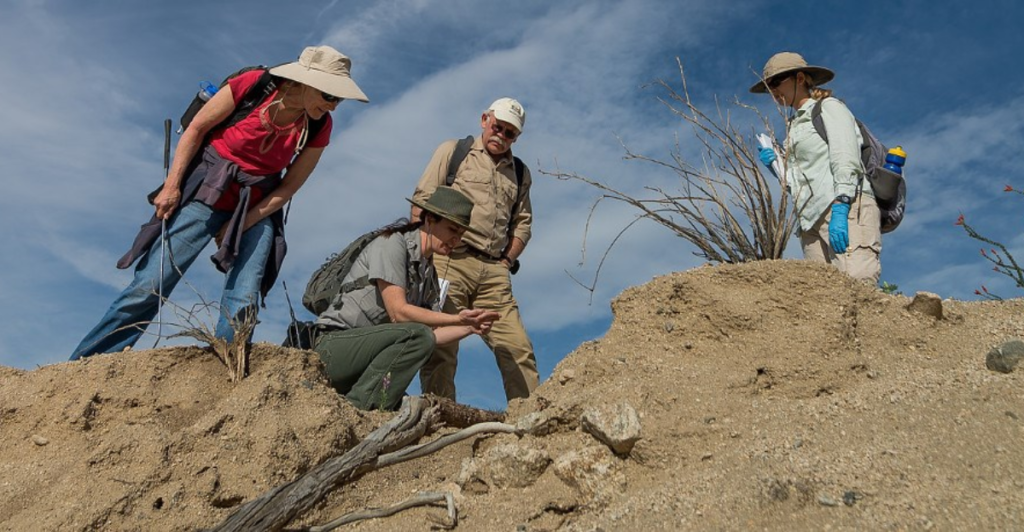
Rangers and biologists monitor ecosystems, detect invasive species, and ensure wildlife health. With fewer staff, critical signs of ecological degradation may go unnoticed, allowing problems to spiral out of control and potentially causing irreversible damage.
Climate Change Adaptation Stagnates
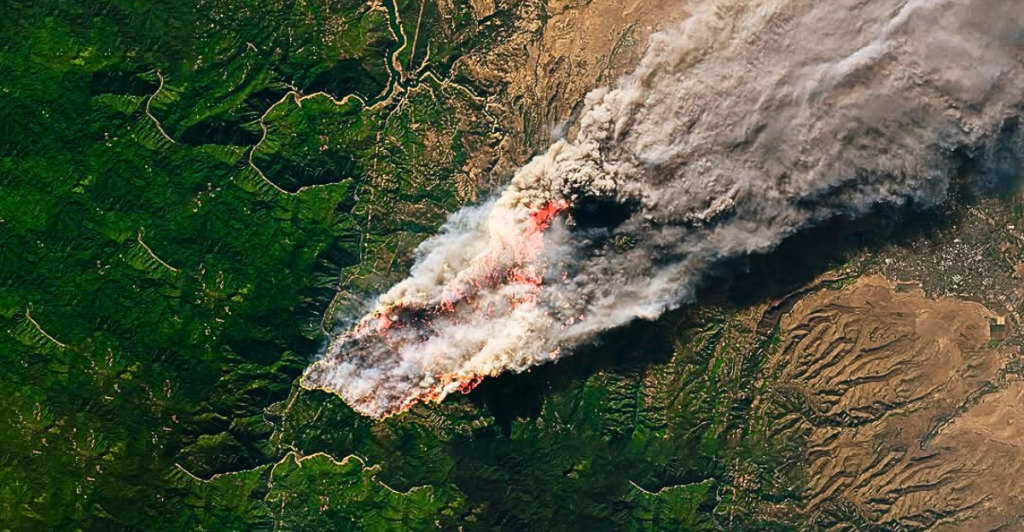
Despite increasing climate change threats, the NPS hasn’t added staff dedicated to climate adaptation. Existing employees are already overburdened, making it difficult to address environmental challenges in a timely manner. This neglect could have lasting impacts on park ecosystems.
Economic Consequences Beyond Parks
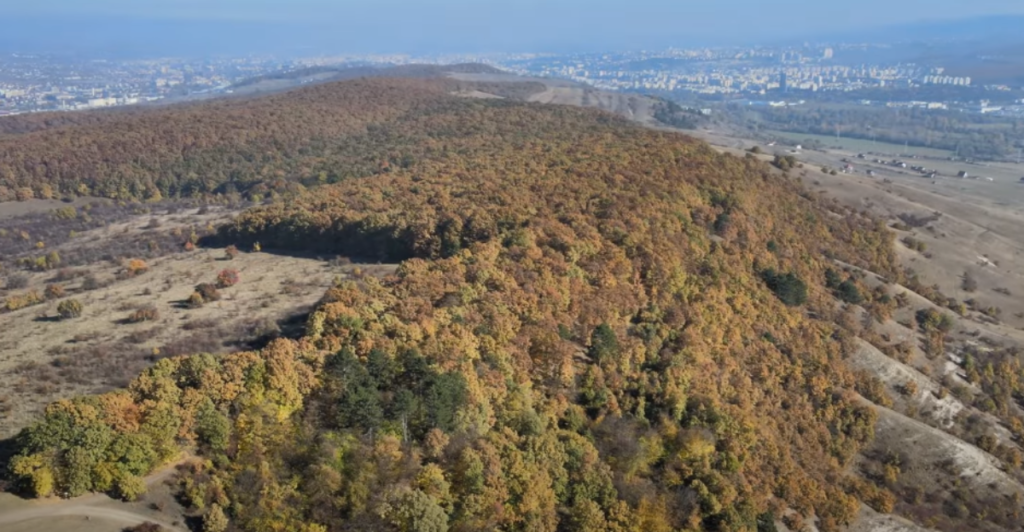
National parks generate $15 in economic activity for every dollar spent on them. With fewer staff, parks face shorter operating seasons, which hurts local economies and nearby businesses that depend on tourism. The economic ripple effect is profound.
Cultural Heritage at Risk
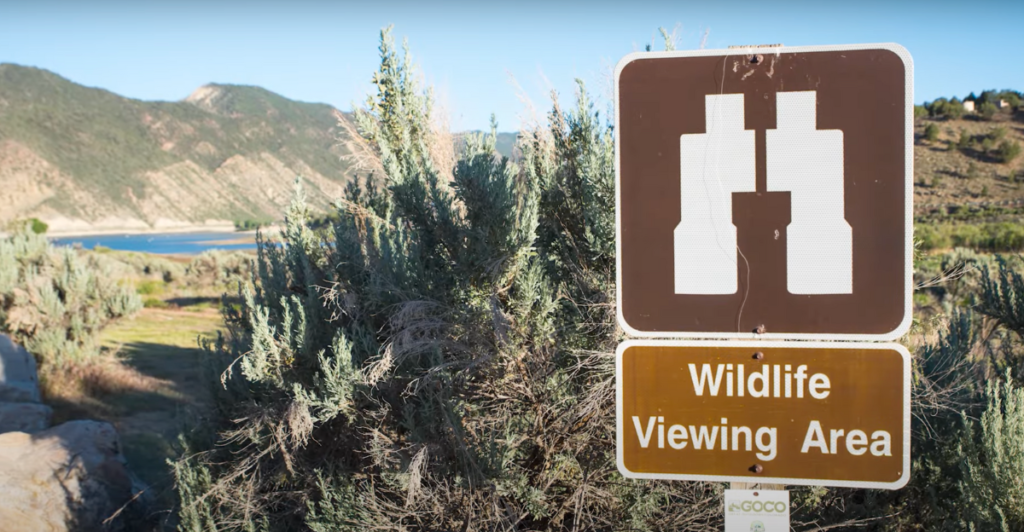
Funding cuts also threaten historic preservation. With fewer staff to maintain and protect cultural sites, irreplaceable landmarks—such as Indigenous sites and historic battlefields—are at risk of permanent damage or loss. America’s heritage could be lost.
The Long-Term Risk: A “Death Spiral”

As the quality of park experiences declines, public support for conservation funding diminishes. This could create a “death spiral,” where parks lose funding, leading to worse experiences and a diminished reputation that drives tourists away for good.
Explore more of our trending stories and hit Follow to keep them coming to your feed!

Don’t miss out on more stories like this! Hit the Follow button at the top of this article to stay updated with the latest news. Share your thoughts in the comments—we’d love to hear from you!







